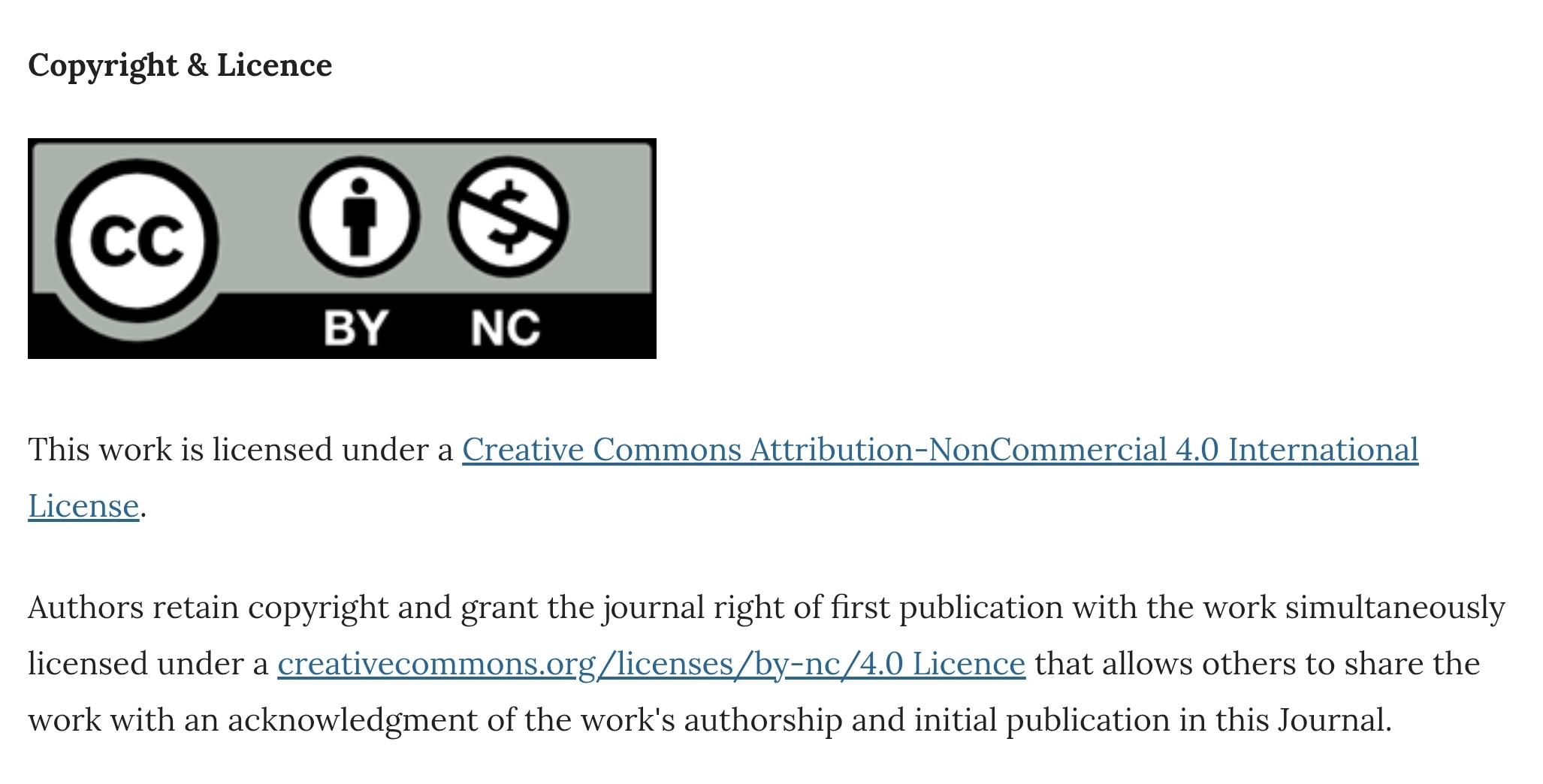Tuberous sclerosis: its neurological and neuropsychiatric aspects and a case report
DOI:
https://doi.org/10.30834/KJP.31.1.2018.150Keywords:
tuberous sclerosis, TSC- Associated Neuropsychiatric disorders (TAND), mTOR inhibitorsAbstract
Tuberous sclerosis (TS) is an autosomal dominant, neurocutaneous disorder. Mutations of TSC1 and TSC2 genes which lead to the mechanistic target of rapamycin (mTOR) pathway dysregulation have been identified. In addition to the neurological and neuropsychiatric manifestations, the disease can have many other systemic manifestations affecting skin, kidneys, lungs, heart and eyes. The psychiatric manifestations can be broadly considered under neurodevelopmental, behavioural, intellectual, and psycho ocial symptoms. The diagnosis is often confirmed after a detailed evaluation. Treatment options include symptomatic management, prevention of loss of function of the affected organs and the etiological approach through mTOR inhibitors. Researches are being conducted using mTOR inhibitors like Rapamycin, everolimus and sirolimus on this regard. A case of organic delusional disorder with paranoid schizophrenia like symptomatology in a patient with TS is also described at the end.
Downloads
References
Curatolo P, Moavero R, de Vries PJ. Neurological and neuropsychiatric aspects of tuberous sclerosis complex. The Lancet Neurology. 2015 Jul 1;14(7):733-45.
DiMario FJ, Sahin M, Ebrahimi-Fakhari D. Tuberous sclerosis complex. Pediatric Clinics. 2015 Jun 1;62(3):633-48.
Bolton PF Vries PJ. Neuropsychological attention deficits in tuberous sclerosis complex (TS). Am J Med Genet A, 2009:149–387.
Portocarrero LK Quental KN, Samorano LP, Oliveira ZN, Rivitti-Machado MC. Tuberous sclerosis complex: review based on new diagnostic criteria. Anais Brasileirosde Dermatologia, 2018:93–3.
Curatolo P, Moavero R, de Vries PJ. Neurological and neuropsychiatric aspects of tuberous sclerosis complex. The Lancet Neurology, 2015 Jul 1;14(7):733-45.
Northrup H, Krueger DA, Roberds S, Smith K, Sampson J, Korf B, Kwiatkowski DJ, Mowat D, Nellist M, Povey S, de Vries P. Tuberous sclerosis complex diagnostic criteria update: recommendations of the 2012 International Tuberous Sclerosis Complex Consensus Conference. Pediatric neurology. 2013 Oct 1;49(4):243-54.
Shepherd CW, Gomez MR, Lie JT, Crowson CS. Causes of Death in Patients With Tuberous Sclerosis. Mayo Clin Proc. 1991 Aug 1;66(8):792–6.
Roberds S. H, Smith K, Sampson J, and Korf B. Kwiatkowski DJ, Mowat D, Nellist M, Povey S, de Vries P. Tuberous sclerosis complex surveillance and management: recommendations of the 2012 InternationalTuberous Sclerosis Complex Consensus Conference. Pediatric neurology, 2013 Oct 1;49(4):255-65.
Krueger DA, Northrup. Leclezio L, de Vries PJ. Advances in the treatment of tuberous sclerosis complex. Current opinion in psychiatry, 2015 Mar 1;28(2):113-20
de Vries PJ, Prather PA. The tuberous sclerosis complex. N Engl J Med, 2007(356):92.
Curatolo P, Bombardieri R. Tuberous sclerosis. Handbook of clinical neurology, 2007. Jan 1; 87:129-51.
Staley BA, Vail EA, Thiele EA. Tuberous sclerosis complex: diagnostic challenges, presenting symptoms, and commonly missed signs. Pediatrics, Pediatrics. 2011 Jan;127(1): e117.
Jó´zwiak S, Kotulska K, Kasprzyk-Obara J, Doman´ska-Pakieła D, Tomyn-Drabik M, Roberts P, Kwiatkowski D. Clinical and genotype studies of cardiac tumors in 154 patients with tuberous sclerosis complex. Pediatrics, 2006 Oct;118(4): e1146-51.
Dixon BP, Hulbert JC, Bissler JJ. Tuberous sclerosis complex renal disease. Nephron Experimental Nephrology, 2011;118(1): e15-20.
Adriaensen ME, Schaefer-Prokop CM, Duyndam DA, Zonnenberg BA, Prokop M. Radiological evidence of lymphangioleiomyomatosis in female and male patients with tuberous sclerosis complex. Clinical radiology, 2011 Jul 1;66(7):625-8.
Taveira-DaSilva AM, Jones AM, Julien-Williams P, Yao J, Stylianou M, Moss J. Severity and outcome of cystic lung disease in women with tuberous sclerosis complex. European Respiratory Journal, 2015 Jan 1;45(1):171-80.
Eden KE, de Vries PJ, Moss J, Richards C, Oliver C. Self-injury and aggression in tuberous sclerosis complex: cross syndrome comparison and associated risk markers. Journal of neurodevelopmental disorders. 2014 Dec;6(1):10.
Franz DN, Belousova E, Sparagana S, Bebin EM, Frost M, Kuperman R, Witt O, Kohrman MH, Flamini JR, Wu JY, Curatolo P. Efficacy and safety of everolimus for subependymal giant cell astrocytomas associated with tuberous sclerosis complex(EXIST-1): a multicentre, randomised, placebo-controlled phase 3 trial. The Lancet, 2013 Jan 12;381(9861):125-32.
Bissler JJ, Kingswood JC, Radzikowska E, Zonnenberg BA, Frost M, Belousova E, Sauter M, Nonomura N, Brakemeier S, De Vries PJ, Whittemore VH. Everolimus for angiomyolipoma associated with tuberous sclerosis complex or sporadic lymphangioleiomyomatosis (EXIST-2): a multicentre, randomised, double-blind, placebo-controlled trial. The Lancet, 2013 Mar 9;381(9869):817-24.
McCormack FX, Inoue Y, Moss J, Singer LG, Strange C, Nakata K, Barker AF, Chapman JT, Brantly ML, Stocks JM, Brown KK. Efficacy and safety of sirolimus in lymphangioleiomyomatosis. New England Journal of Medicine, 2011:28–364.
Downloads
Published
How to Cite
Issue
Section
License
Copyright (c) 2019 Kerala Journal of Psychiatry

This work is licensed under a Creative Commons Attribution-NonCommercial 4.0 International License.











